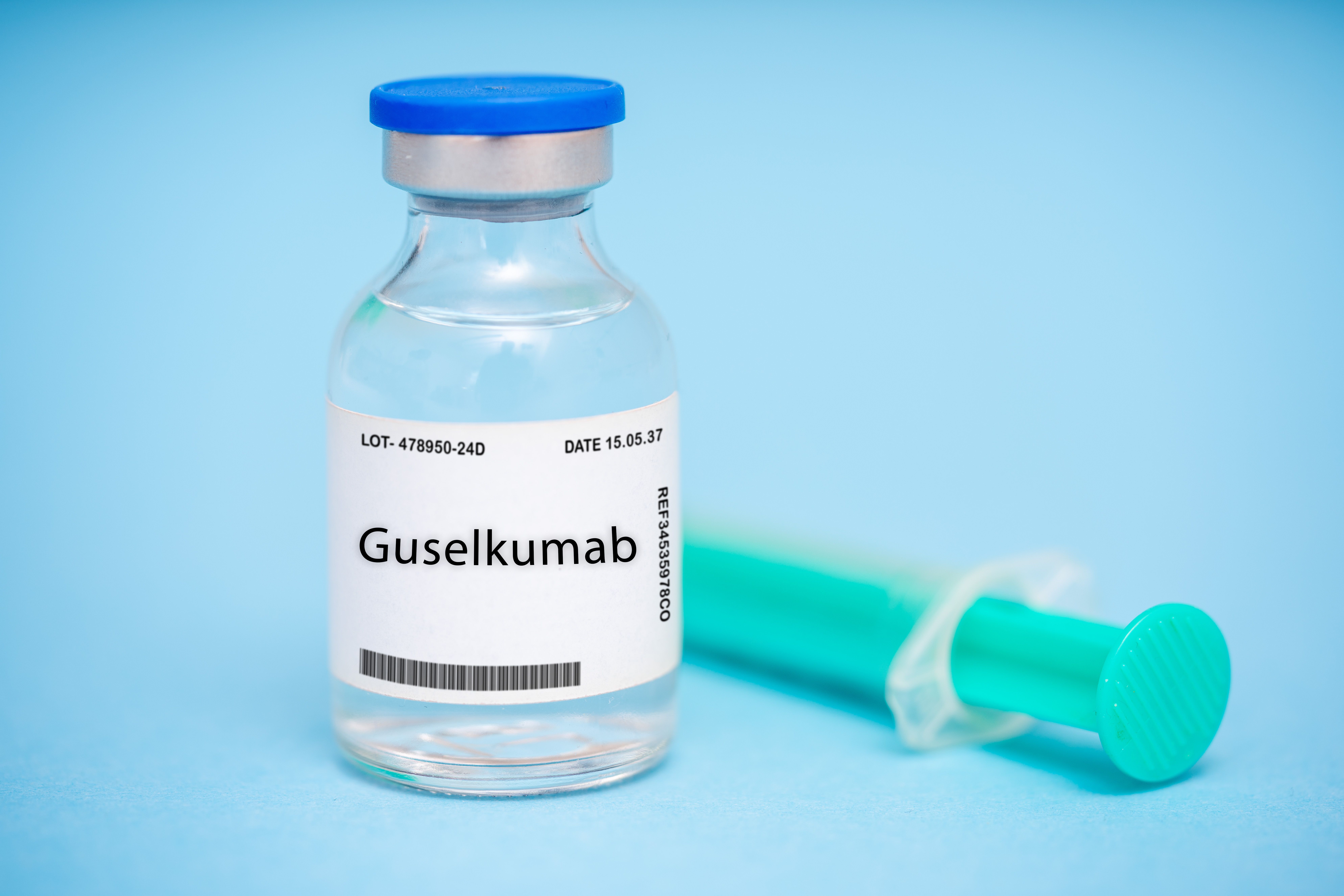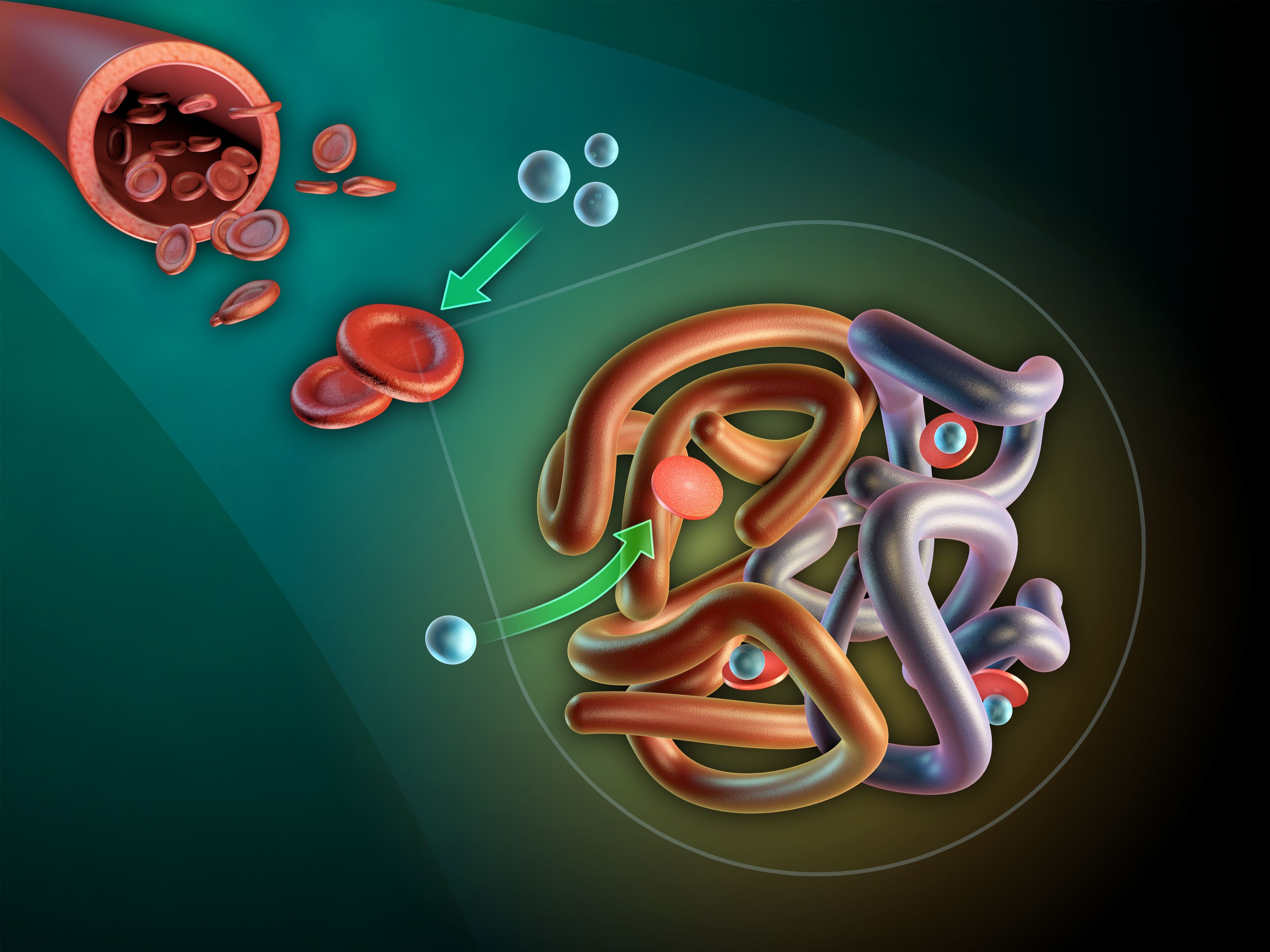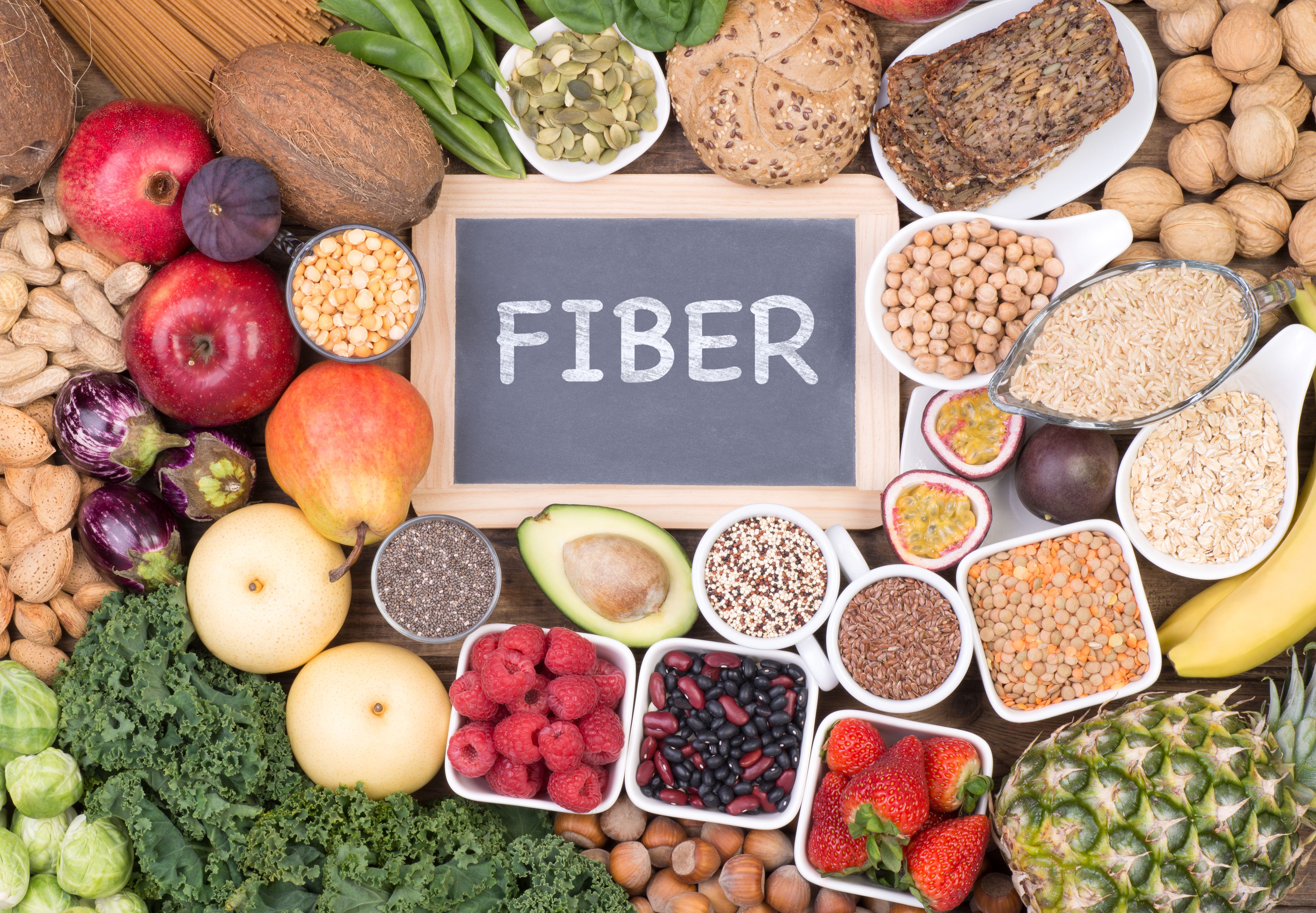Article
Antibody Level Linked to Milk Proteins, Consumption in Eosinophilic Esophagitis
Author(s):
It is already known that patients with eosinophilic esophagitis have higher levels of immunoglobulin G4, and this study examined the relationship to specific foods and aeroallergens.
A recent study sought to determine if levels of serum immunoglobulin G4 (sIgG4) to specific foods and aeroallergens are higher in patients with eosinophilic esophagitis (EoE) and to examine any links between those levels and clinical characteristics of the gastrointestinal disease.
While the study was not able to show that IgG4 could be used as a biomarker for EoE, it did find that higher levels of the antibody were independently linked with the presence of sIgE to milk proteins and milk consumption.
IgG4 exists in both blood and tissue, and it is already known that patients with EoE have higher levels of IgG4, which can differentiate EoE from gastroesophageal reflux disease (GERD). IgG4 levels also line up with eosinophil counts and interleukin 10 expression in active disease, and fall when EoE goes into remission.
A previous study by the same researchers found that children with EoE had higher IgG4 levels to specific food proteins in milk and wheat compared with an unselected birth cohort, but the participants in the control group were not confirmed to be negative for EoE. In addition, that study did not examine any associations between aeroallergens and sIgG4; this is important because some patients may have their EoE exacerbated by aeroallergens.
Data for the current case-control study, conducted at the University of Virginia School of Medicine, came from an ongoing, prospective, observational study that began in 2017. It is looking at immunologic, genetic, and environmental determinants of EoE and eosinophil-associated gastrointestinal disorders (EGIDs).
EoE cases were defined by guidelines, and controls were individuals with symptoms but had EoE ruled out via upper endoscopy—unlike the earlier study, where the EoE status of the control group was unknown.
The study included 123 individuals, 93 with EoE and 30 controls; the 2 groups had a similar distribution of allergic disease (86% vs 93%; P = .30). Patients with EoE were older (median age 20 vs 13 years; P = .03), more likely to be male (69% vs 43%; P = .01), and less likely to be consuming milk (73% vs 93%; P = 0.02).
Compared with the control group, individuals with EoE were more likely to have abnormal eating patterns (29% vs 10%; P = .04) and dysphagia (70% vs 30%; P = .008), and less likely to present with abdominal pain (18% vs 47%; P = .002) and heartburn (22% vs 43%; P = .02).
Researchers measured allergen-specific immunoglobulin E, or IgE, and IgG4 (sIgG4) to cow's milk proteins (nBos d 4, nBos d 5, nBos d 8), wheat, egg, soy, cat, timothy grass, birch, ragweed, and dust mite. In addition, component-based assays to Bos d 4, Bos d 5 and Bos d 8 were used due to the potential for nonspecific background binding when testing IgG4 responses using cow's milk extract.
Mean levels of sIgG4 were compared between cases and controls, and logistic regression models were used to examine predictors of elevated milk sIgG4 levels.
Serum food and aeroallergen-specific IgG4 levels were significantly higher in patients with EoE compared with the control group, with the exception of birch (P = .24); however, sIgG4 levels to food were higher than to aeroallergens, such as dust mite or cat. The researchers suggested the difference may stem from the amount of exposure.
Milk sIgG4 levels were independently linked with milk consumption (odds ratio [OR], 4.95; P = .01) and the presence of sIgE to milk (OR, 4.23; P = .008).
To examine whether serum sIgG4 levels are linked with EoE disease activity, the researchers examined 12 adults patients whose disease was in remission after therapy with a swallowed steroid. All patients were actively consuming milk and none were restricting food. were on an elimination diet for treatment of their EoE. Mean levels of sIgG4 decreased with disease remission to milk protein, wheat, and soy; there was no change in egg.
The study had a few limitations, such as the fact that the control group had gastrointestinal symptoms but not EoE, and may not be representative of the general outpatient allergy population.
"Whether sIgG4 plays a pathogenic role in EoE or could be used as an EoE biomarker remains unknown and warrants further study," the researchers reported.
Reference
McGowan EC, Medernach J, Keshavarz B, et al. Food antigen consumption and disease activity affect food-specific IgG4 levels in patients with eosinophilic esophagitis (EoE). Clin Exp Allergy. Published online August 18, 2022. doi.org/10.1111/cea.14215





